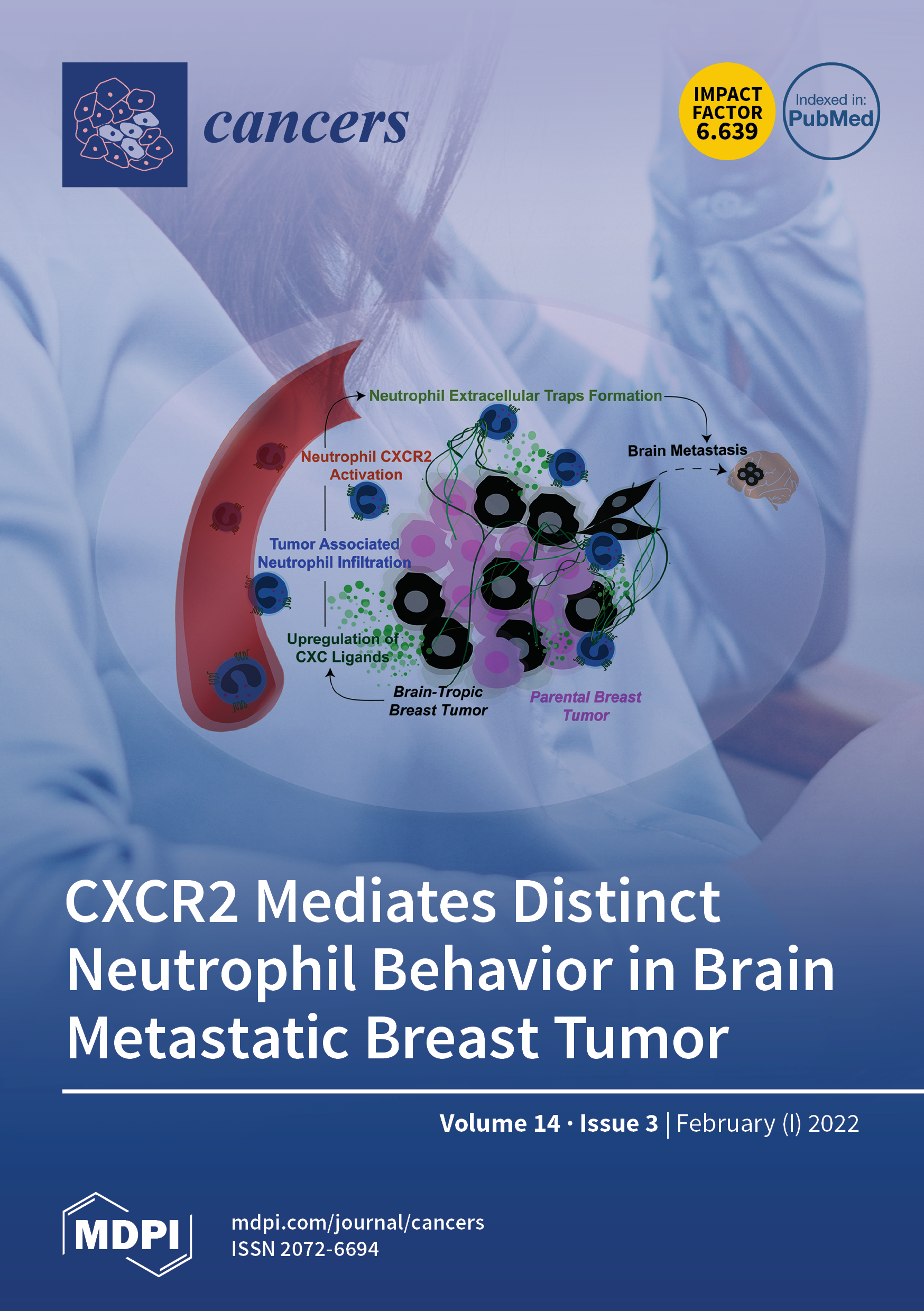Molecular Systems Architecture of Interactome in the Acute Myeloid Leukemia Microenvironment
V.A. Shiva Ayyadurai, Prabhakar Deonikar, Kevin G. McLure, and Kathleen M. Sakamoto
Cancers 2022, 14(3), 756
https://doi.org/10.3390/cancers14030756
A molecular systems architecture is presented for acute myeloid leukemia (AML) to provide
a framework for organizing the complexity of biomolecular interactions. AML is a multifactorial
disease resulting from impaired differentiation and increased proliferation of hematopoietic
precursor cells involving genetic mutations, signaling pathways related to the cancer cell genetics,
and molecular interactions between the cancer cell and the tumor microenvironment, including endothelial
cells, fibroblasts, myeloid-derived suppressor cells, bone marrow stromal cells, and immune
cells (e.g., T-regs, T-helper 1 cells, T-helper 17 cells, T-effector cells, natural killer cells, and
dendritic cells). This molecular systems architecture provides a layered understanding of intra- and
inter-cellular interactions in the AML cancer cell and the cells in the stromal microenvironment. The
molecular systems architecture may be utilized for target identification and the discovery of single
and combination therapeutics and strategies to treat AML.

